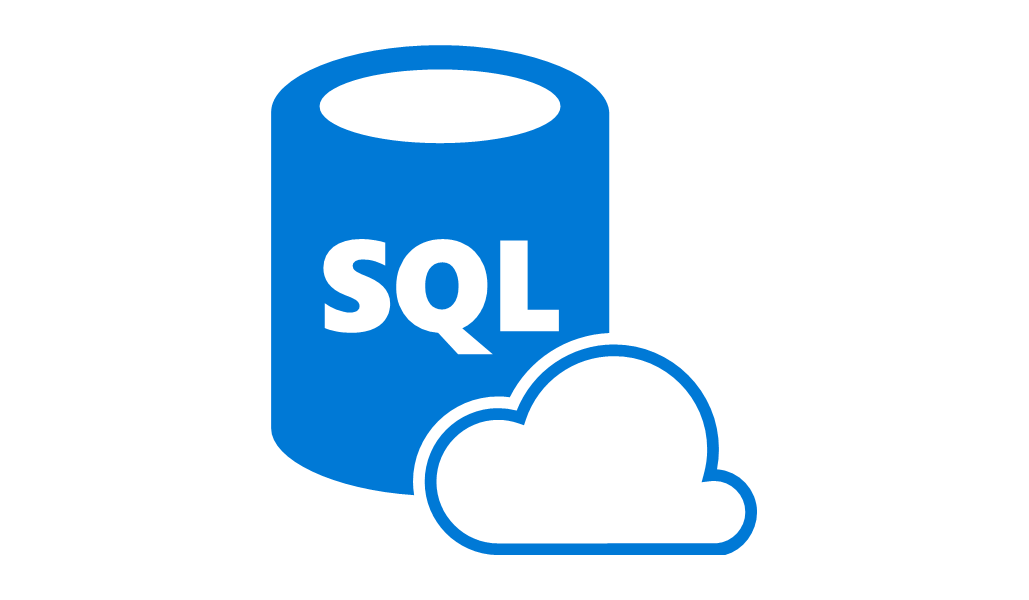Azure SQL development, test, DevOps
If your production databases are on Azure SQL, it is a best practice to use Azure SQL production data for development, test, and DevOps. Restoring BacPacs and other backups to other fixed Azure SQL instances for dev and test is a cumbersome process and also expensive because of the costs of Azure SQL.
Windocks enables you to automatically deliver test database environments based on production data for use by development, test, and DevOps — all without the costs of Azure SQL for those non-production environments.

Dev, test, DevOps for Azure SQL with Windocks
The best practice is to automate the process of getting Azure SQL database files on to Azure VMs, using Windocks database migration, making database clones available to developers, testers and DevOps pipelines.
Windocks delivers the best practice in an automated manner without the need for you to write or manage code. Deliver Azure SQL databases directly to SQL Server 2022 on an Azure VM. Windocks will use that data to produce a clonable image, for on demand and cost-effective dev/test.
Customizations include masking sensitive data, making different combinations of databases available to different users, implementing authorization controls, applying different database scripts for different users, and more.
Steps to start with Azure SQL
1. Install Windocks
Download the Windocks Community Edition or email support@windocks.com for a full featured evaluation edition.
Provision a Windows Server VM (with SQL Server 2022), and then install Windocks as described in the Windocks download instructions.
2. Migrate the Azure SQL data
Connect to the Azure SQL databases, and configure them as a source for Windocks data migration. Connect to the SQL Server 2022 target, select "database migration" as the transform, and "run."
3. Build the Windocks clonable database image
The database files delivered in step #2 are now used to create a clonable database image. The files are unmounted from the SQL Server instance, and moved into a clonable database image. A dockerfile is edited to reflect the database file names, and paths, and the image is built via the Windocks web application, command line, or REST API.
4. Deliver the Azure SQL database clones on demand
The Windocks orchestrator coordinates different services to deliver the Azure SQL database clones in containers as specified. Use a web application, command line or REST API to deliver databases on demand. These databases are available in containers running on the Azure VM which runs Windocks.

